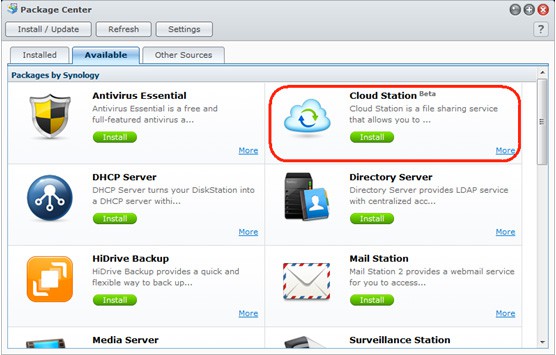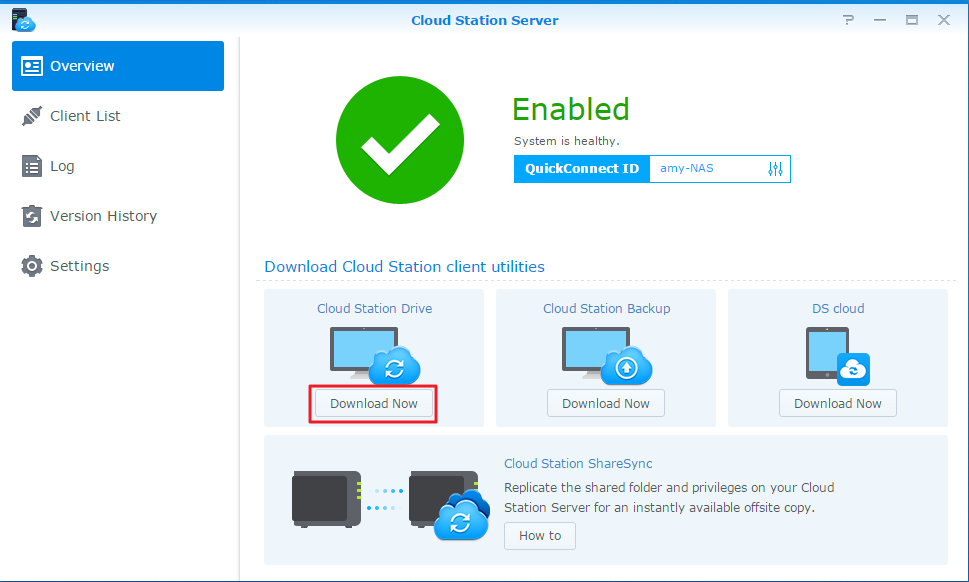

- #Synology cloud station drive high cpu usage on macbook pro full#
- #Synology cloud station drive high cpu usage on macbook pro password#
- #Synology cloud station drive high cpu usage on macbook pro mac#
#Synology cloud station drive high cpu usage on macbook pro mac#
Wirecutter says that some of their units perform better than Synology’s, and QNAP has a feature called QFiling that acts like the Mac app Hazel, which automatically reorganizes files based on your specifications.

QNAP also has some advantages over Synology. I wanted something that would work out of the box with minimal fiddling. Since TrueNAS is open source, I could have built my own server or repurposed some hardware, but with three kids and a farm, I don’t have time for yet another project. However, the TrueNAS Mini X model I wanted was out of stock, and TrueNAS units are more expensive than Synology’s. I would have preferred a TrueNAS setup since TrueNAS is open source. Why did I choose Synology over the other options on the market, namely QNAP and TrueNAS? The primary answer is that the DS 920+ was in stock when I was shopping, while comparable QNAP and TrueNAS units were not. A NAS makes even more sense for a small office where multiple people might be running into the same problems with needing easy access to a centralized set of files. Your files are right there in your home and you don’t have to transfer them over the Internet to carry over your work to another device. It’s still a big investment in both money and time, but it’s well worth it if you have a lot of data you access from multiple computers. Running a home server isn’t for everyone, but Synology makes doing so about as accessible as possible, and you can be up and running within an hour. The entire setup cost about $1000, but after a month of usage, I think the investment has been well worth it, even though I’m still in the process of transferring decades of data to the DS 920+. A NAS is a big investment, but what finally kicked me into action was the recent iCloud outage, when I realized that my Mac had offloaded many of my important documents to iCloud and I couldn’t access them for about 2 hours.Īfter some research, I purchased a Synology DS 920+ and four 6 TB WD Red hard drives. I knew I needed a home server, specifically a networked-attached storage (NAS) device, but I hemmed and hawed for years. I needed a better solution for local storage for this effort because my old system consisted of multiple external hard drives attached to my iMac, which was messy and made it hard to access files from other devices. #1662: New Macs, 12 top OS features for 2023, vertical tabs in Web browsers, watchOS 9.5.1įor a few years now, I’ve been wanting to move more of my data out of the cloud and onto my own local storage.#1663: Exploring the Apple Vision Pro, 12 more OS features coming in 2023, new Apple service features, Apollo shuts down.#1664: Real system requirements for OS 2023, beware Siri creating alarms instead of timers.#1665: Important OS security updates, abusive Web notifications, solve myopia with an iPhone, Self Service Repair.
#Synology cloud station drive high cpu usage on macbook pro password#
#1666: Air quality websites and apps, The Password Game.
#Synology cloud station drive high cpu usage on macbook pro full#
Worst case - if I remove and reinstall the Cloud Sync package will it still sync to my existing Google folders or will it start again? My full backups took months to complete so I want to avoid doing this again. It seems like its stuck doing some high intensity CPU task somewhere. So I'm not sure what its actually doing right now. The history shows nothing being uploaded or downloaded right now - the last file synced was yesterday. I haven't changed any config on the NAS or in the app itself. it does not delete anything from my remote backup. it reflects local deletes, one is effectively write-only i.e. I have two full backup tasks running, one is a proper sync i.e. I have 3 tasks configured, synching to Google Drive. Normally my CPU idles at less than 10% with my normal packages running but for the past week or so its been running between 35 to 60 with occasional spikes running higher than that.


 0 kommentar(er)
0 kommentar(er)
